My last post was widely a round up of everything I ate over the holidays, from foie gras to frogs (a memoir title??). But we did so much more than eat–I had the great opportunity to explore Provence with Nelly and her family, and they showed me some (sometimes) hidden gems that I hadn’t seen before (and some I had never even heard of!). We went for walks, to landmarks, to small villages, and to church, even though the wind did try to knock us down. Venez voir:
Notre Dame de la Garde
The “bonne mère” of Marseille, Notre Dame de la Garde sits on a hill in Marseille just on the edge of the Mediterranean. I came to the basilica three years ago when I visited Marseille with NYU, but have been dying to return–the view from the top is unparalleled. However, going to the top of a seaside hill meant we also had to cope with winds strong enough to push us down, which is when we sought refuge inside the church, where Christmas mass was beginning.
Chemin de L’Infernet
The day after Christmas, Nelly, Noémie and I went to the Chemin de L’Infernet, just on the border of Les Pennes Mirabeau and Vitrolles. I have schools in both those cities, but rarely see them beyond the bus stops (except for when the bus never shows up and I have to walk to the next stop). Vitrolles is not known really as a beautiful city (it looks like a lot of American suburbs), but this little coin in between the two really was majestic. We followed a path along a creek and ended up in a sort of ravine with rosemary and thyme growing wildly under deep orange rocky hills (I really have no idea what they are called, sorry). We were able to walk right up to the source of the water; a cave with a small waterfall nearby. Not bad for a 20 minute drive!
L’Estaque et Niolon
L’Estaque is in the 16th arrondissement of Marseille, and unknowingly, I had already seen it from watching Marius et Jeannette in a college phonetics class (though most of the time I still can’t understand the Marseillais accent). L’Estaque has a big dock for boats, a beach with both rocks and sand, and wide open areas to play handball or to sunbathe (though not in December). We stumbled upon some groups playing–and arguing–about handball, a very popular sport in the area.
On our way back, we stopped at Niolon, a calanque in Marseille (I wrote about the ones in Cassis in October). It was small, uncrowded, and–most importantly for me–not a tourist trap, with an incredible view of the city.
On our drive back, the pink and orange sunset of Marseille’s horizon, with Notre Dame de la Garde in the distance and the Mediterranean sparkling, was truly one of the prettiest settings I have ever seen. Maybe my next watercolor??
Les Baux de Provence
Our last full day of adventures took us to Les Baux de Provence, a little more than an hour drive from Marseille. It is usually fairly full of tourists, but wasn’t this time because 1) it’s the off-season and 2) was numbingly cold. The village is the site of a castle and rests on top of a hill overlooking the Alpilles–either the beginning or the end of the Alps, depending on what side you are coming from. Historically, cities in France were built on top of large hills so the inhabitants could better defend the city and watch out for people who may try to attack.
Our first stop in Les Baux was the Carrières des Lumieres, which is probably the coolest museum I have ever been to. Works of art are transformed into videos and then projected on the walls, floors and columns of the all-stone building (carrière means quarry) and is set to music. Right now, the exhibition is Klimt et Vienne, which was filled with so many different colors and perfectly set music.
After the museum, we walked up to the village of Baux de Provence, which is filled with artisans and cute shops. Christmas was still in full swing, with lights on the trees and a crêche (nativity scene) set up in the Hôtel de Ville. In an atelier near the church overlooking the Alpilles, we had the chance to make our own santons–the perfect souvenir from a Christmas in Provence.
A provençal specialty, santons are tiny figurines made from terra cotta that all together make a crêche. What makes the santons and Provence’s crêche so unique is that it goes well beyond Mary, baby Jesus, and the three wise men–it includes various professions à la Provence and lots of different animals (the other day, in the crêche at the Aix Christmas market, I saw flamingoes in the display, reminding me of Love Actually and forcing me to wonder how many flamingoes were present at the birth of baby Jesus).
My santon is a pêcheur named St. Jacques, on the left. We truly were lucky to get the chance to make our own, as normally is it only an artisanal trade. The holidays were filled with so many Provençal traditions and sites–I really can’t think of a better way to celebrate Christmas in France. ♦




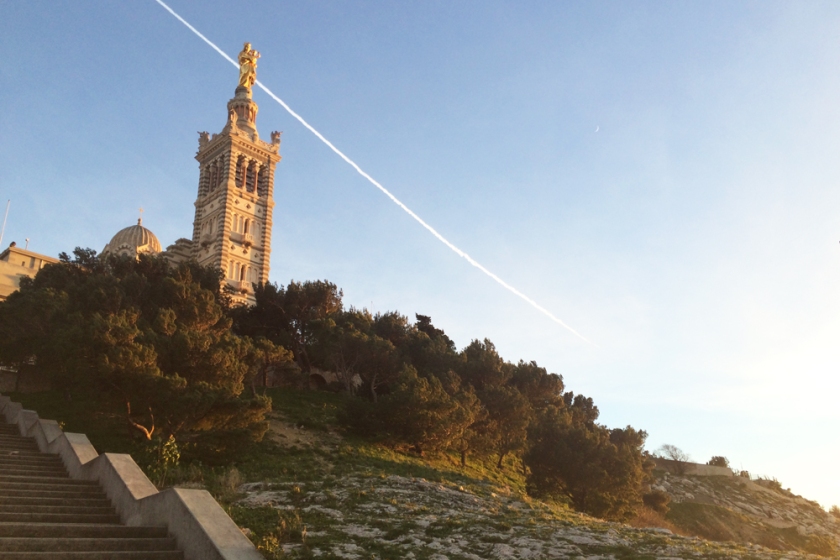
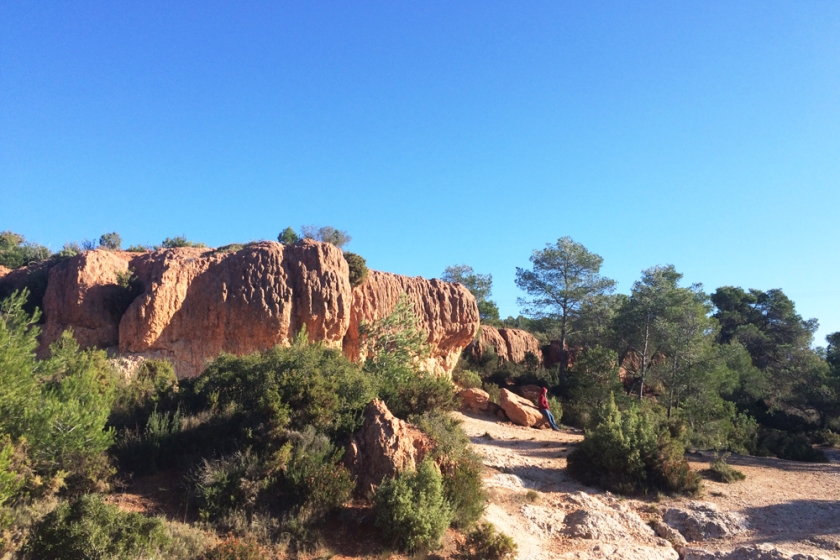
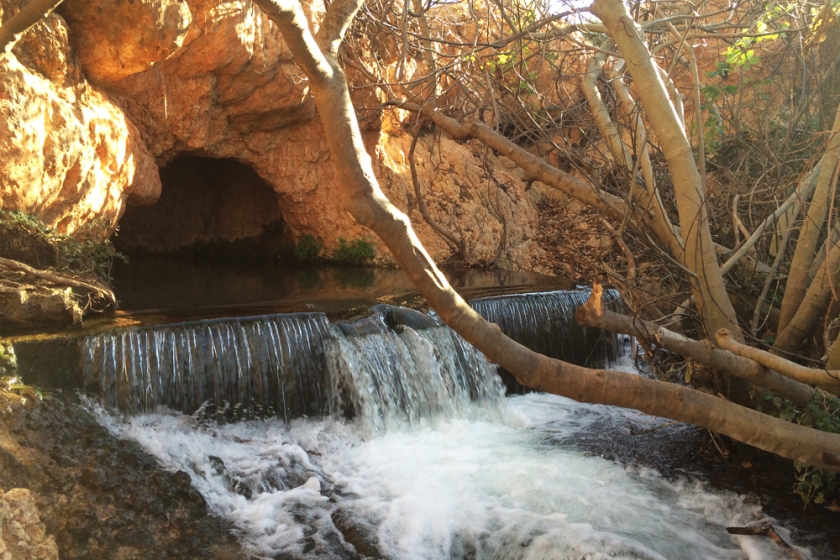
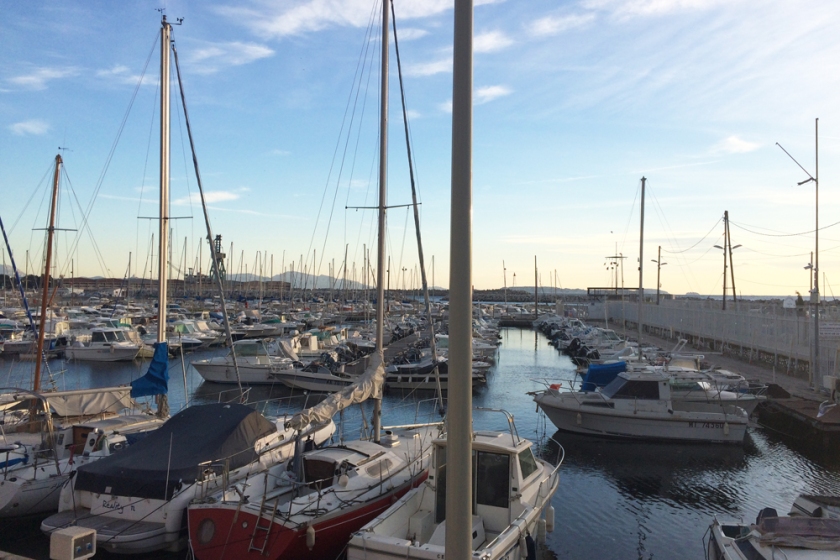
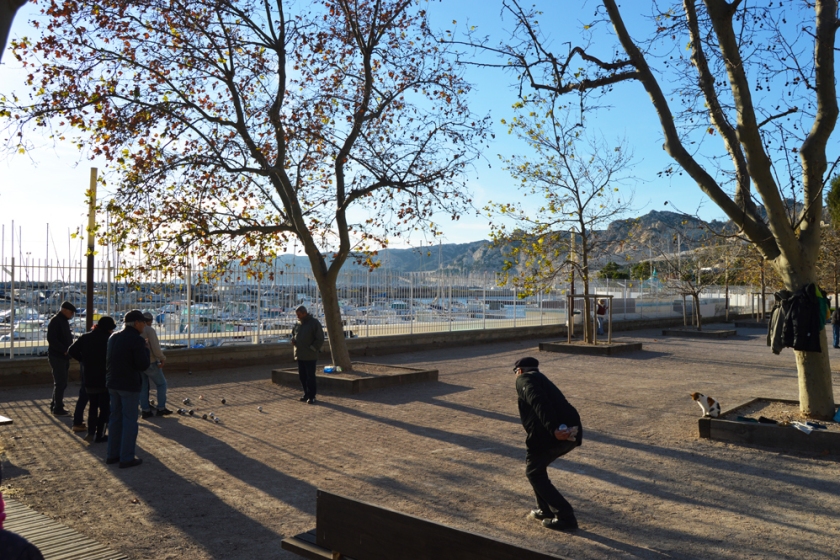
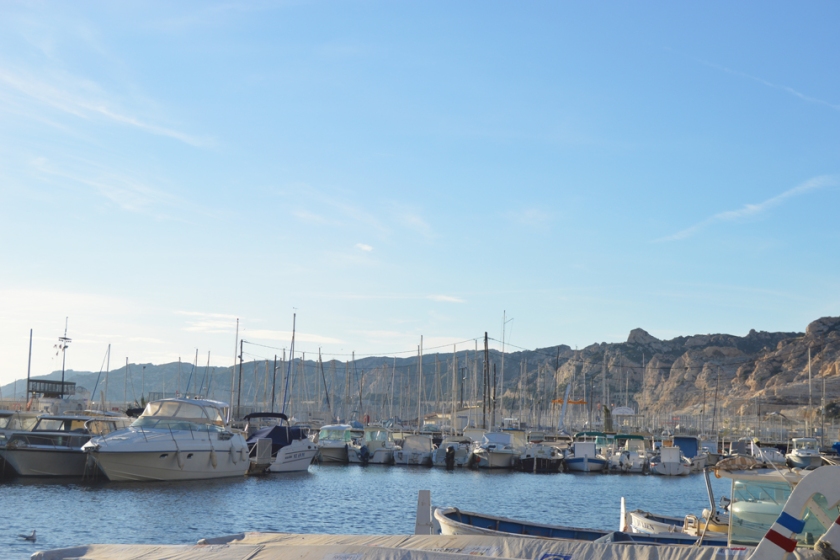

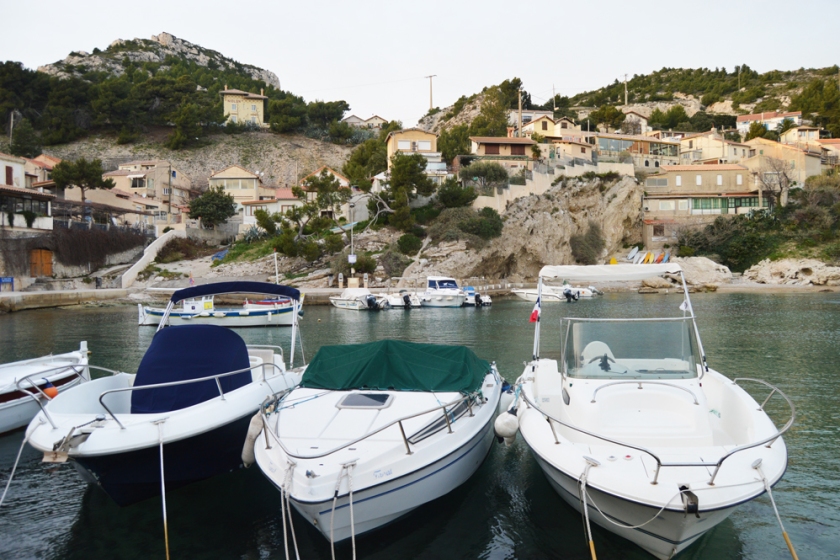
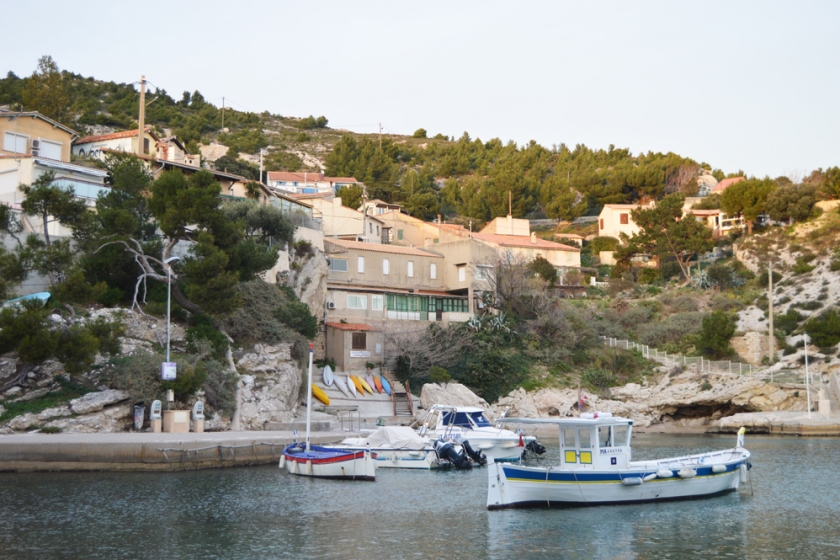
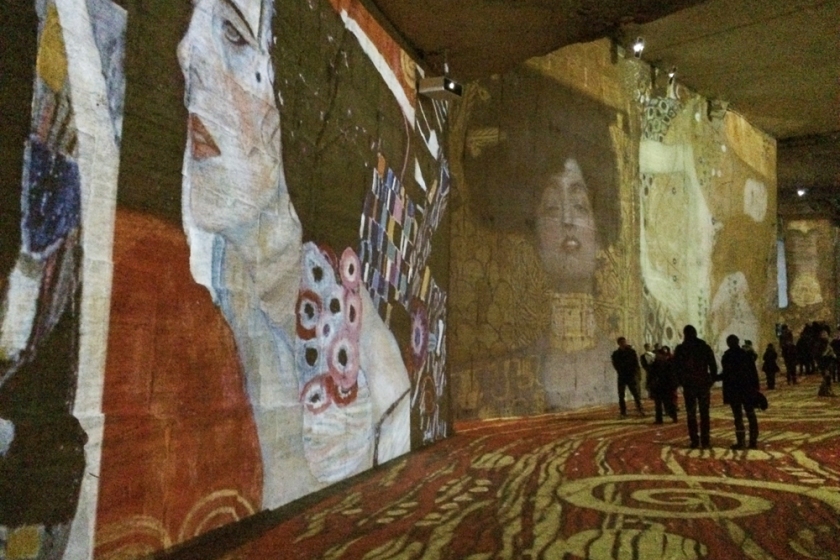
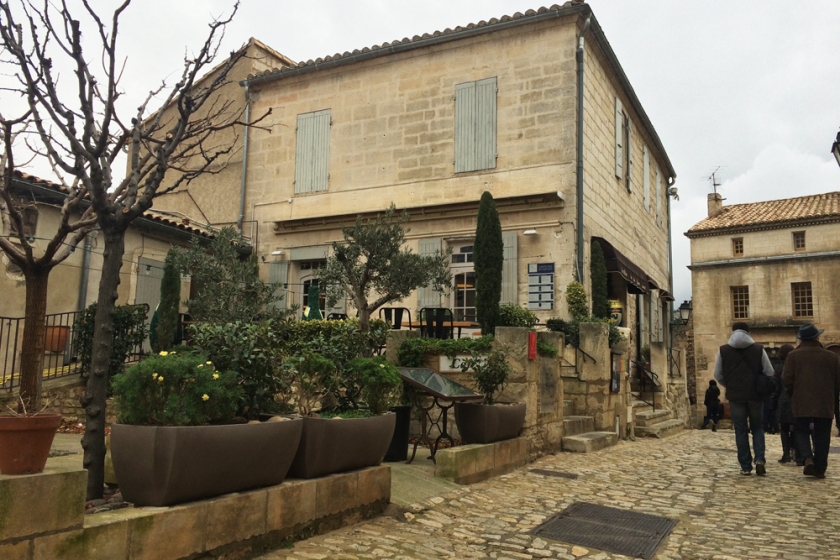
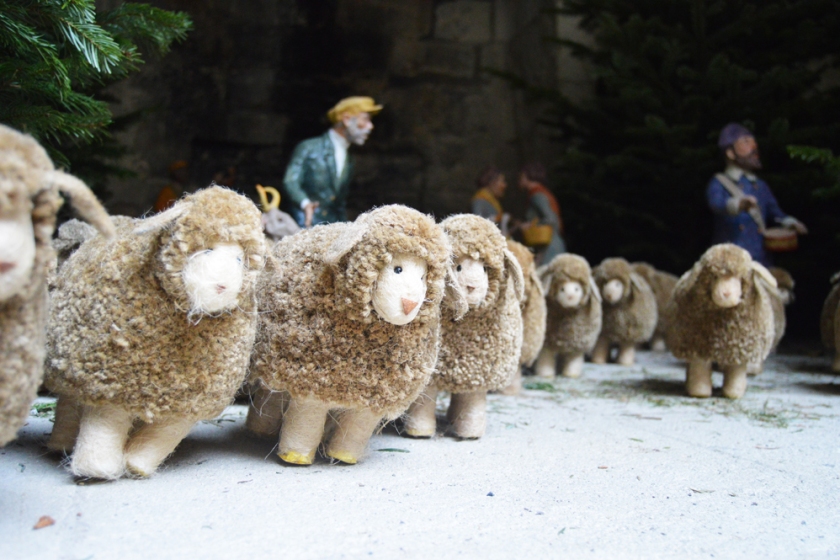
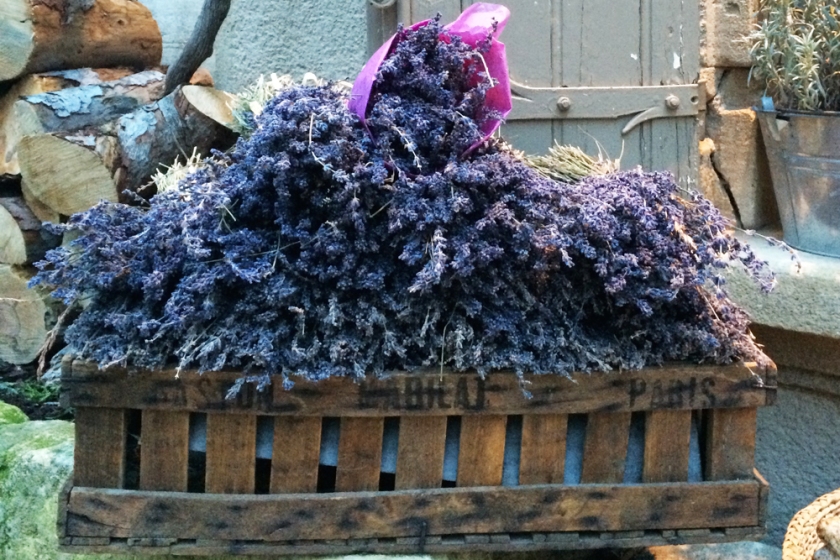
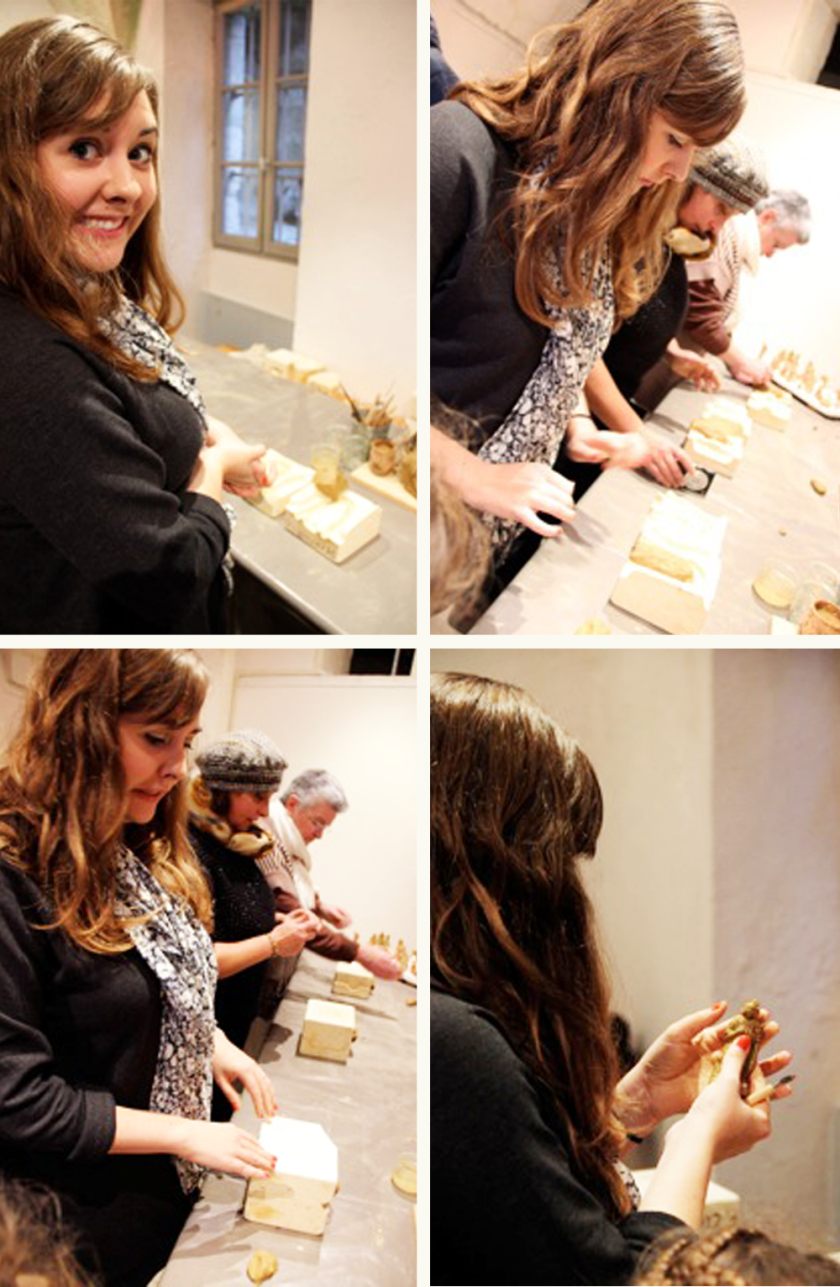
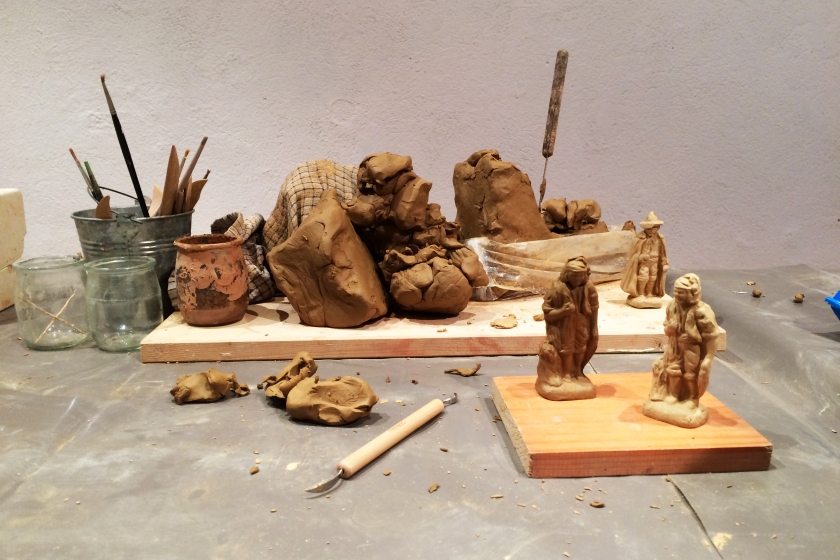

I am so glad you had wonderful companions and a ton of fun. Hugs.
You and Lu will have to visit to go to the museum!
That is super duper awesome that you got to make your own santon! And he looks amazing!! I’m impressed. By the way, you’re nominated for an Inspiring Blogger Award http://quichelauren.wordpress.com/2015/01/01/very-inspiring-blogger-award/